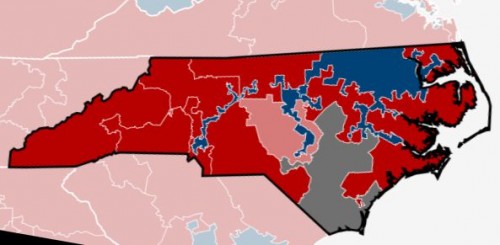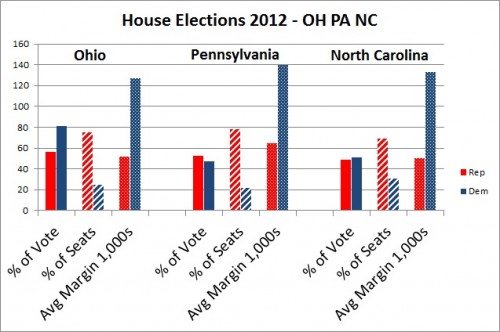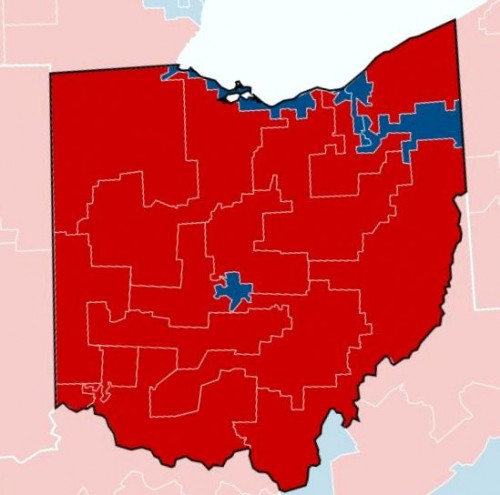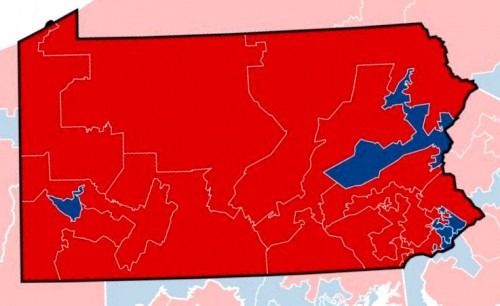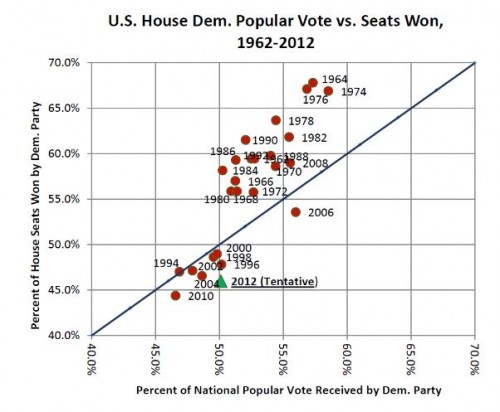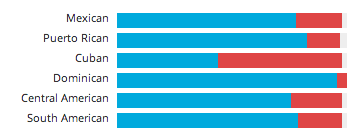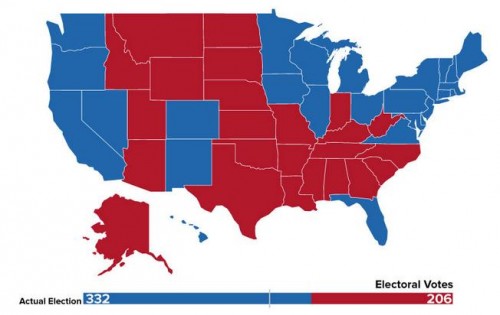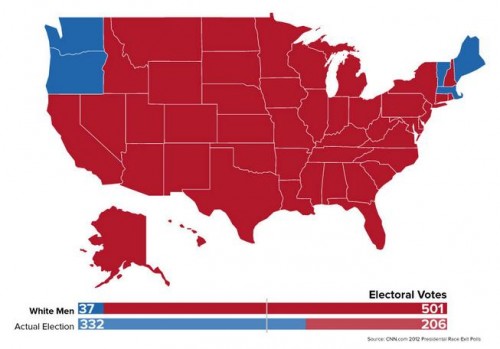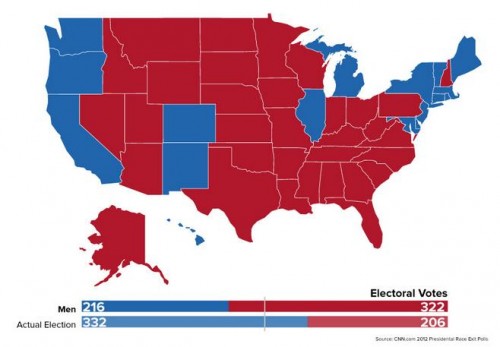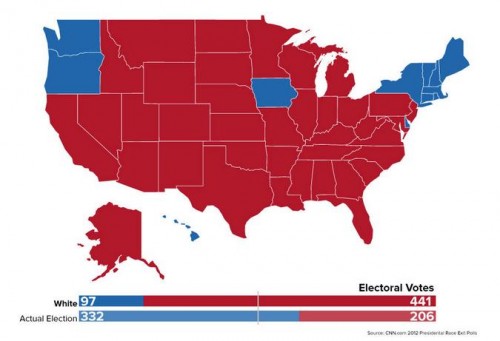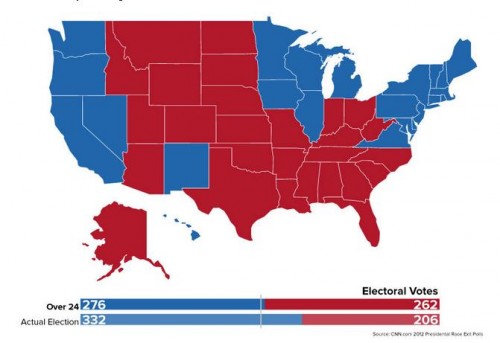Barack Obama won just over 50% of the popular vote last week, but he earned 80% of non-white votes. According to USA Today exit poll data, he secured 93% of the Black vote, 73% of the Asian vote, 71% of the Hispanic vote, and 58% of the non-white Other vote.
This data suggests are real and palpable difference between how (some) Whites and (most) non-Whites see the world, a difference that will become increasingly influential.
Earlier this month the Pew Research Center released an updated prediction for the racial/ethnic composition of the U.S. in 2050. They expect that, by 2050, Whites will be a minority, adding up to only 47% of the population. By that time, they expect Hispanics to account for 29% of the population, and Blacks and Asians to account for 13% and 9% respectively.
Paul Taylor and D’Vera Cohn, at Pew, observe that the demographics of the voting population will change a bit slower since the majority of the demographic change is from births and deaths, not immigration. In 2011, for example, whites were 66% of those ages 18 and older, but only 56% of 18-year-olds. In other words, it takes 18 years to grow a voter.
Whatever the pace of change, the era of winning U.S. elections by pandering to the worldview of a single group is ending. Future politicians will likely have to put effort into attracting a wide range of voters, as Obama did on Tuesday.
Lisa Wade, PhD is an Associate Professor at Tulane University. She is the author of American Hookup, a book about college sexual culture; a textbook about gender; and a forthcoming introductory text: Terrible Magnificent Sociology. You can follow her on Twitter and Instagram.






